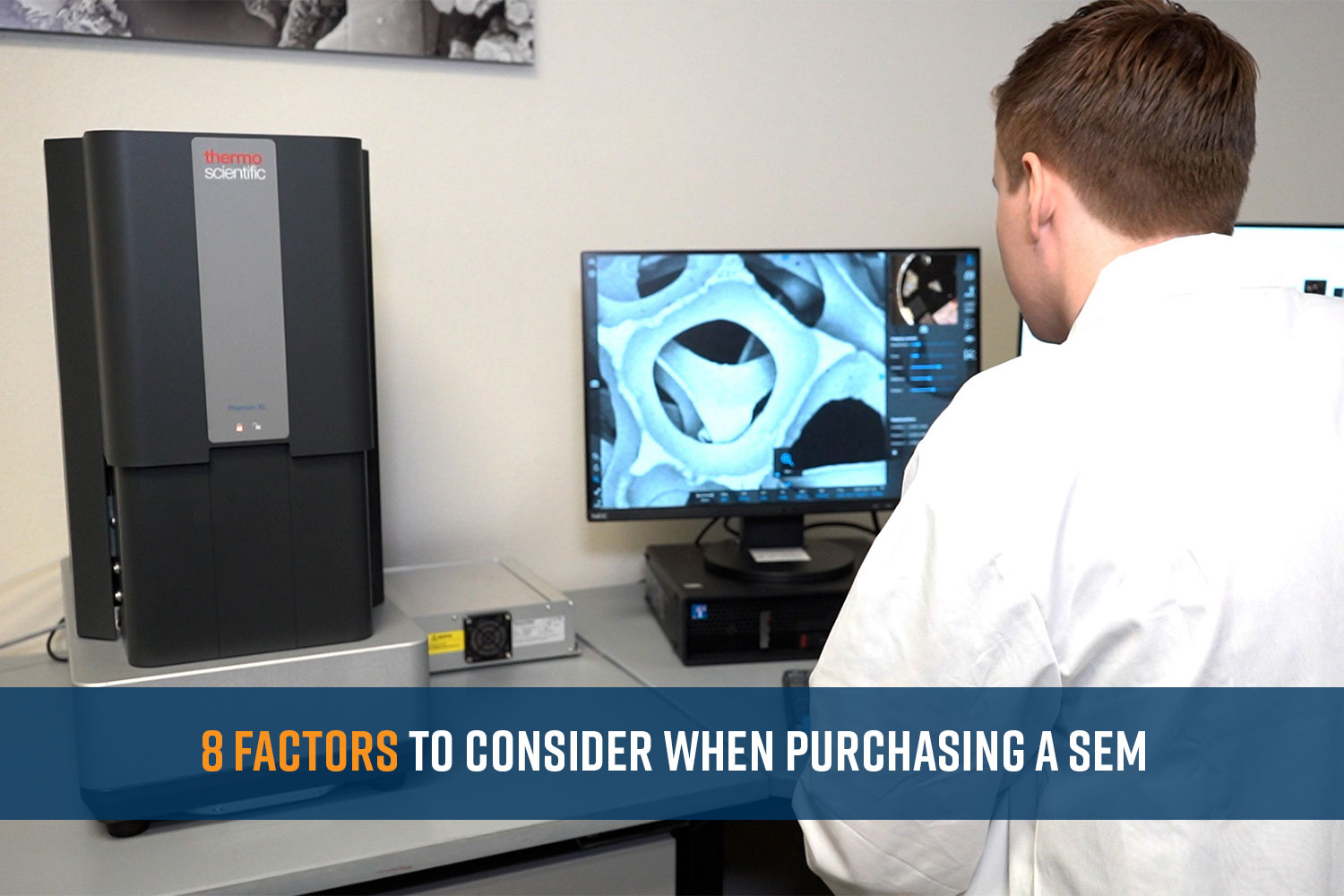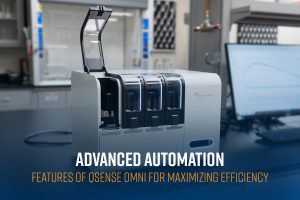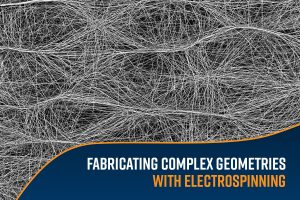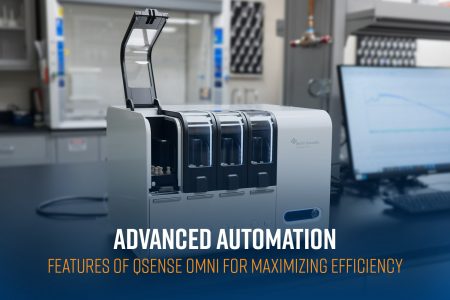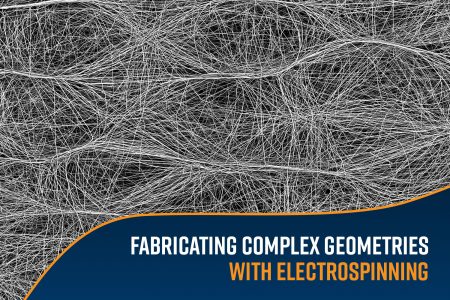Purchasing a scanning electron microscope (SEM) can offer significant competitive advantage to organizations operating in a space where microscopy is paramount. An SEM uses a focused beam of electrons to generate high resolution images by scanning it across a sample surface. The technique is far superior to optical microscopy in terms of resolution, magnification, and depth of focus. Modern SEM instruments enhance a wide variety of applications including semiconductors, manufacturing, metallurgy, and batteries.
Choosing the right SEM for your specific needs can be a daunting task, considering the multitude of options available in the market. In this article, we will explore the key factors that should be taken into account when making this significant investment. By understanding these crucial factors, you will be better equipped to select the ideal SEM that aligns with your goals and requirements.
1. Magnification range and resolution
The microscope should be able to provide a high magnification range with excellent resolution to visualize the specimen details properly. Resolution is defined by the ability to resolve two closely spaced points. SEM resolution can range from less than one nanometer to a few tens of nanometers. Generally, higher resolution allows for sharper and clearer images at higher magnifications, minimizing blurriness and ensuring better image quality. Therefore, understanding the types of samples and feature sizes your SEM is intended to analyze will help to define these requirements.
2. Electron source
The electron source is a major component in SEMs and is responsible for generating a stable beam of electrons to be focused on the sample. There are three types of electron sources: tungsten filament, CeB6 (or LaB6) crystals, and field-emission guns (FEGs). Each offers different levels of resolution. The operating lifetime and cost of ownership also vary depending on the type of source selected. Therefore, it’s important to make an informed decision as to whether saving money on the electron source will significantly take away important analytical capabilities, or if you are paying more for capabilities that are not needed.
3. Detectors
Having high quality detectors allows images to be collected faster and with higher quality. Typically, SEMs will come with a backscattered electron detector (BSD) or a secondary electron detector (SED) as standard options. BSD images display contrast that depends on the surface composition, with areas containing heavier elements being brighter. SED images are great for looking at surface topography. Additionally, energy-dispersive X-ray spectrometry (EDS) detectors allow the elemental composition to be precisely mapped at the surface or allow individual spectra to be collected in a point-and-shoot fashion. It’s important to consider what current and future applications might be needed when opting for one or more detectors.

4. Sample stage capacity and functions
The size of the sample stage will determine how many samples, and of what size, can fit into the SEM chamber. Having a multi-sample stage capacity opens the possibility to do high volume data collection because vent/load cycles can be drastically reduced. Sample holders can also have added functionality like the ability to heat and cool the sample, apply electrical fields or mechanical force, or have multi-axial movement. Having a good understanding of what is possible, beyond just static imaging, and how that could pertain to your unique research goals will allow you to choose what type of options are required for your SEM.
5. User interface
An intuitive user interface for an SEM is crucial for ease of operation, accessibility, accuracy of results, and overall user satisfaction. Researchers and technicians can quickly navigate through various functionalities, adjust settings, and execute commands without unnecessary complexity or confusion. This improves productivity and saves valuable time in a laboratory or research setting.
6. Automation
Automation software enhances both data collection and data analysis. It can streamline workflows by automating repetitive tasks, such as focusing, moving the sample stage, image acquisition, and feature size measurements. This helps to reduce variability introduced by human operators while collecting larger datasets in a shorter timeframe. Unattended analysis is also possible with automation protocols. With these numerous advantages, it’s worth considering how automation might bring value to your specific research needs.
7. Maintenance, service, and warranty
It’s important to understand what level of preventative maintenance is expected for an SEM. In the absence of expert users, ensuring that the authorized manufacturer or distributor that you purchase an SEM from offers comprehensive support and fast turnaround time is essential for maintaining operational continuity and efficiency. The microscope should also come with a comprehensive warranty and after-sales support to handle any unforeseen issues or concerns.
8. Budget
The buyer should ensure that the microscope’s features and price are aligned to his/her requirements and budget. If the budget is tight, it’s a good strategy to understand what upgrade paths might be available for acquiring additional features in the future. In cases where a funding body is involved, working with a technical sales representative to obtain sole source documentation or other material can be of major help.
Summary
In conclusion, purchasing a scanning electron microscope (SEM) is a significant decision that requires careful consideration of various factors. By evaluating aspects such as resolution, imaging capabilities, sample handling, user interface, automation, budget, maintenance and support, you are equipped with the knowledge to make an informed choice.
Remember that selecting the right SEM can greatly impact your research outcomes and productivity. So, take the time to assess your specific needs and prioritize the factors that are most important to you. With the insights gained from this blog, you can confidently choose an SEM that aligns with your requirements and sets you on a path to scientific success.

